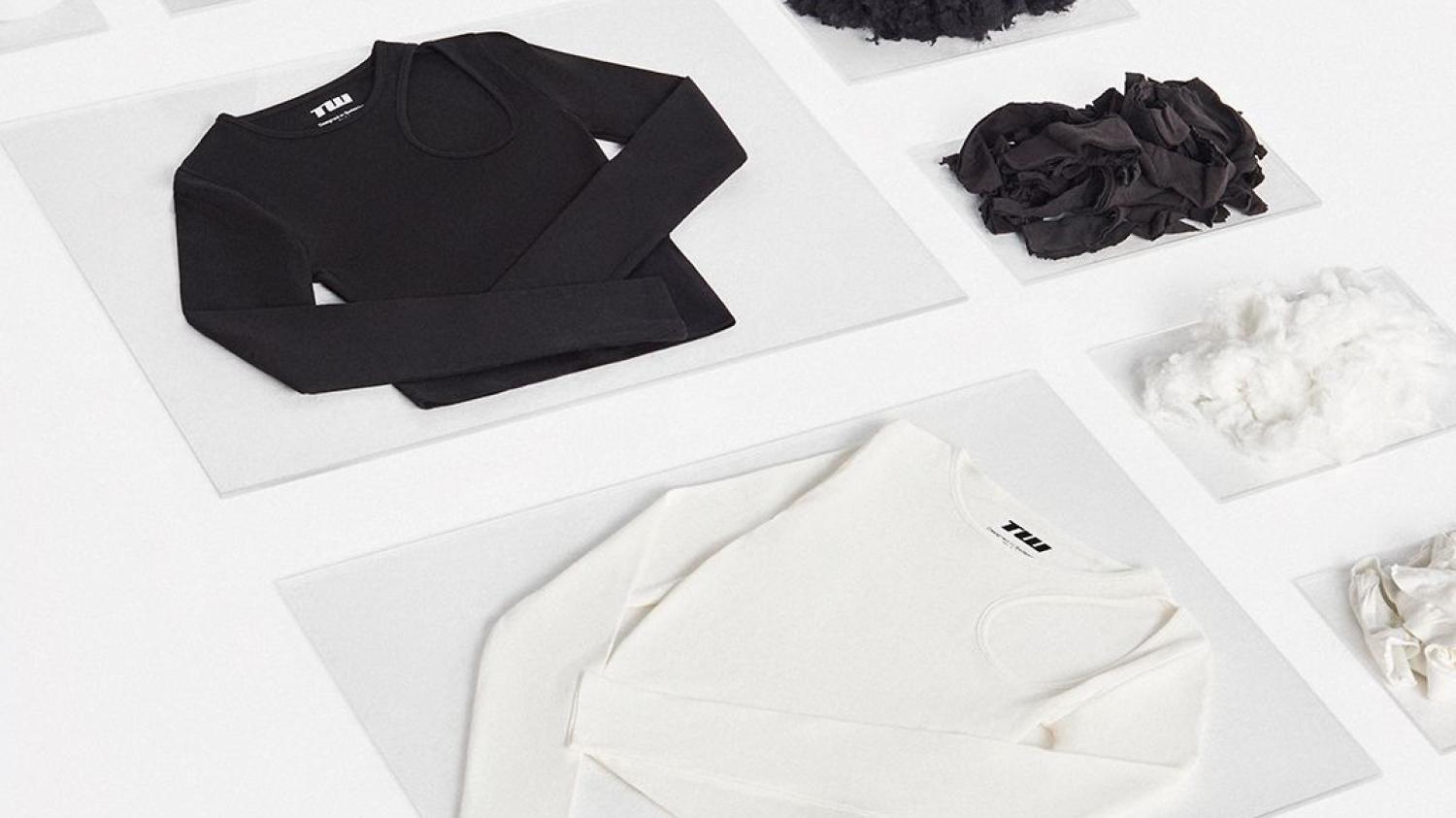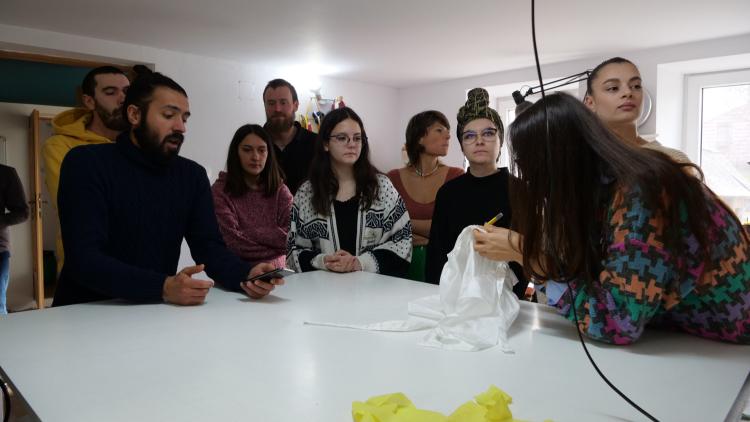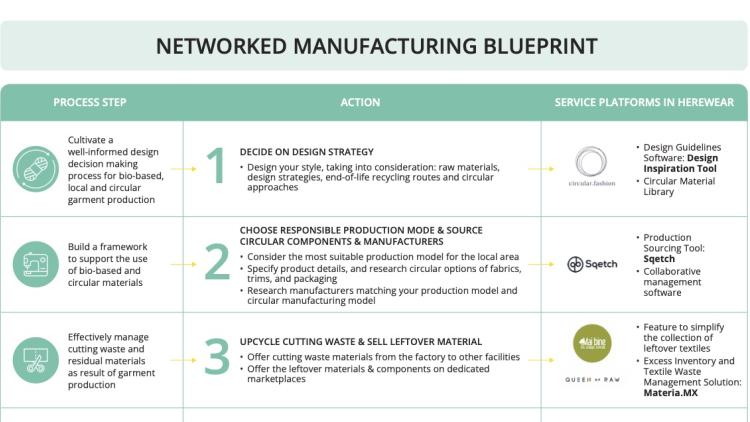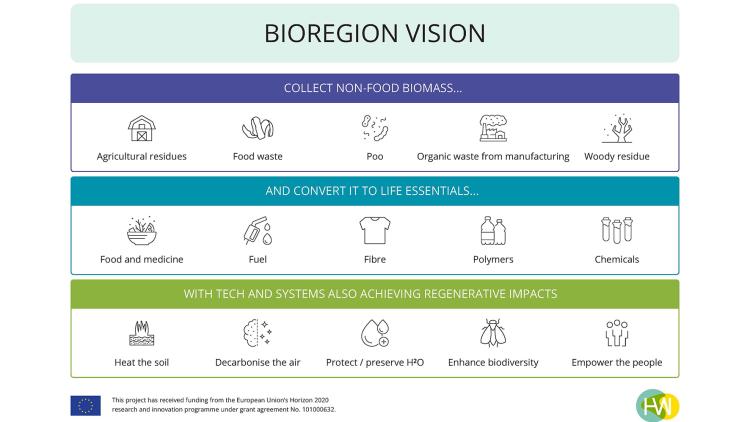Big Brand, Small Brand
The Tally Weijl case study is a demonstration that bigger brands who aim to transition to sustainability face challenges and have opportunities to rely on more agile and advanced SMEs.
The Tally Weijl case study was a demonstration of how big brands can be aware of the necessary change towards sustainability and, at the same time, face the challenges of transitioning from a complex global supply chain into a simpler, more local, and more agile one. More experimentation needs to be carried out in real life conditions to engage big brands to validate the feasibility of change.
Tally Weijl and HEREWEAR
Tally Weijl is a fashion house founded in 1984 in Switzerland that now sells its collections in over 600 stores (on- and offline). Their first fashion collections were dedicated to young women, with the mission of making fashion affordable and accessible to everyone. The brand always had a very positioning that was expressed not only through their bold designs but also through retail environments and promotion. As a family-owned business, Tally Weijl has been able to make it through the difficult business environment of the last decade, and decided to refocus on what is important to their young targets: fashion based on engagement in sustainable and societal values. In this context, it was a natural step to join the HEREWEAR and TCBL Communities and explore the possibility of working with project partner Sqetch to find ways to streamline the production of fashion to meet the above needs.
What was the approach?
A global brand such as Tally Weijl already has in place a robust process to design, buy, produce and sell collections throughout the world, which is a key asset for big brands competing mainly on price and fashionable articles.
However, as the industry changes from competition on price to competition on value, HEREWEAR offers opportunities to explore the alternatives of Bio-based, Local and Circular value chains. The steps taken included:
- Tally Weijl and Sqetch presented themselves in a community meetup;
- Sqetch presented the HEREWEAR process flow to team leaders of Tally Weijl in several meetings. Sqetch insisted on considering key users of their platform: contemporary SMEs who are engaged in various ways to sustainable sourcing and manufacturing including locally;
- Sqetch prepared and Tally Weijl answered a survey on their sourcing and manufacturing needs;
- Sqetch and Tally Weijl evaluate future steps.
This approach was designed to qualify the Tally Weijl teams for sourcing, design and sustainability to gradually transform their buying and supply chain management practices through a holistic change across departments.
Key takeaways
This case illustrates the opportunities and challenges big brands and small brands are facing when working together on sustainability issues:
- Trendy materials for big brands include natural fibers, yarns, textiles– such as cotton, linen – and recycled materials – mostly polyester.
- Big brand sourcing needs are far away from local sourcing (in Europe).
- Due to current business model with tight profit margins, high volume production, legal compliance needs and lack of market awareness of more sustainable products, full production in European supply chain is out of the scope at the moment.
- Tally Weijl is already working with more sustainable materials such as Recycled, Organic, etc. Demonstration of alternatives can be done through the gradual substitution of some conventional materials with bio-based materials from local and circular value chains and with limited sizes prototype more sustainable collections.







